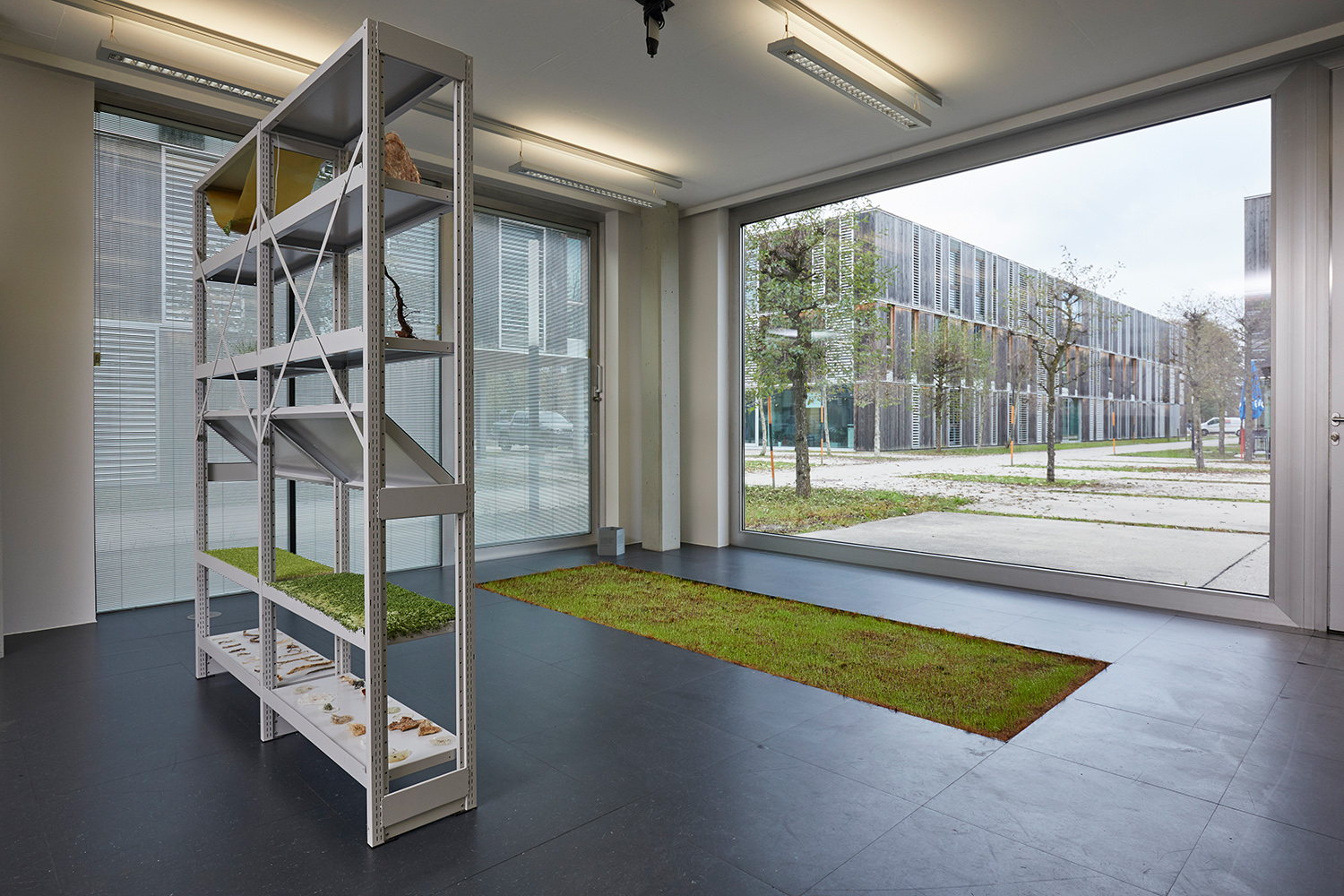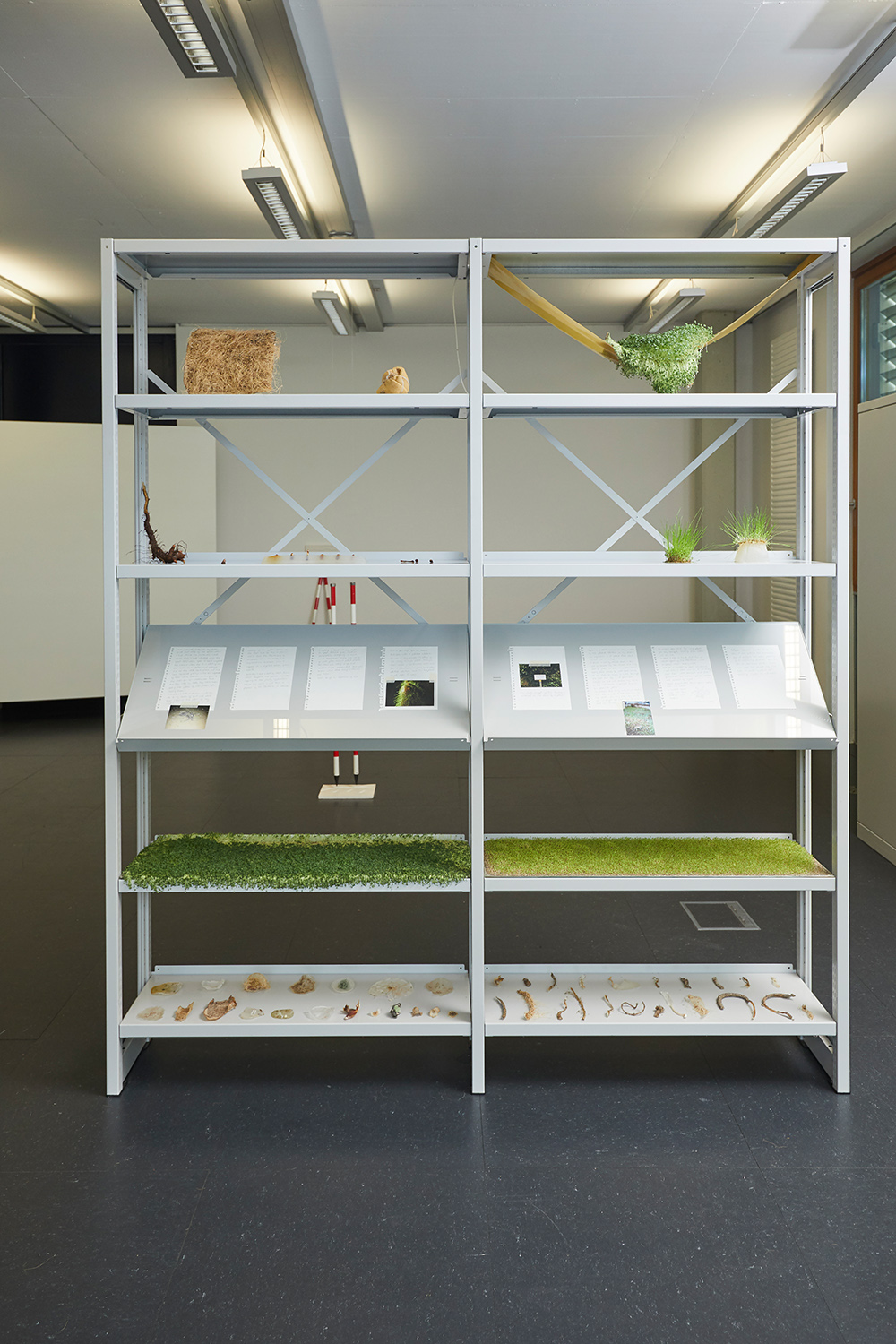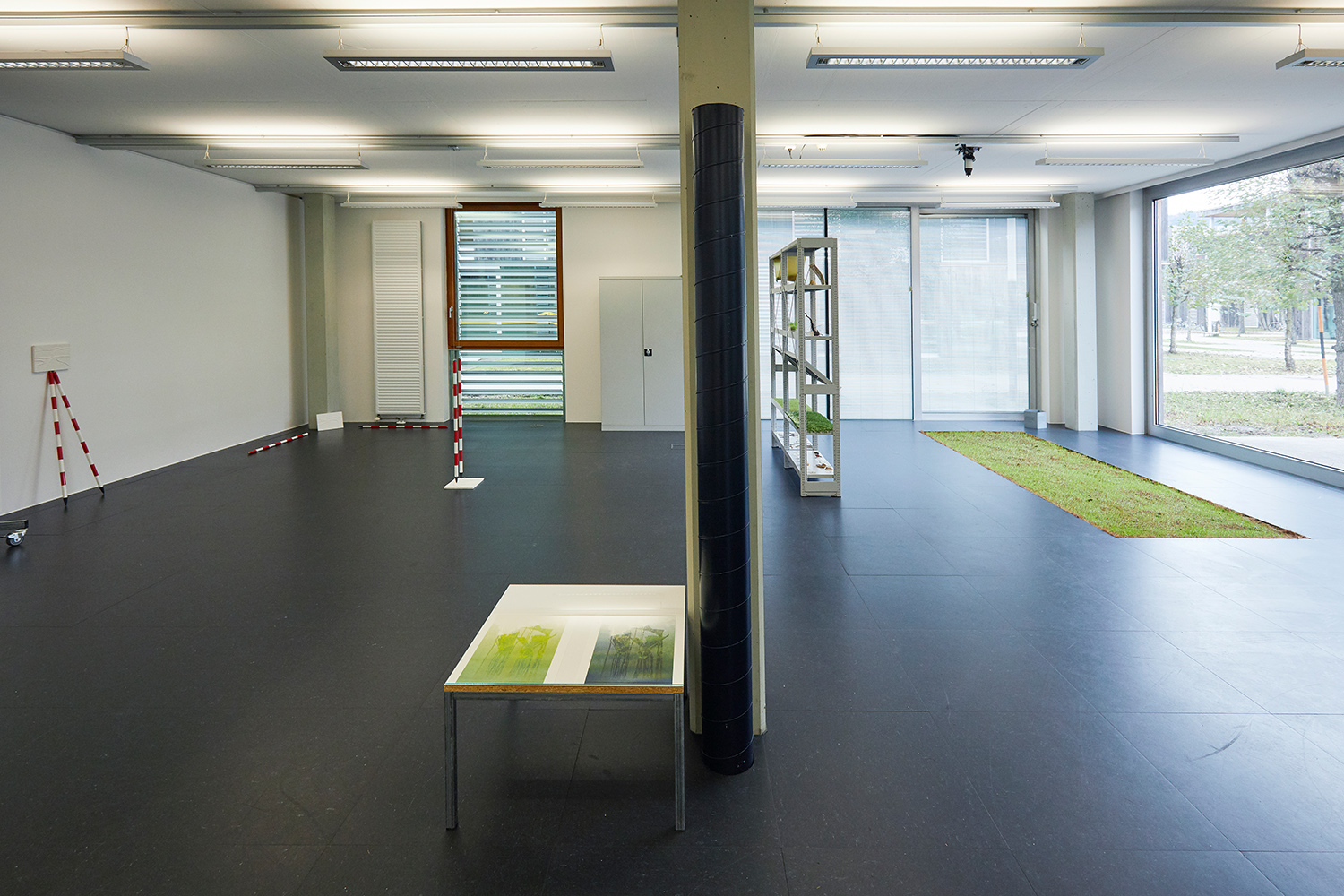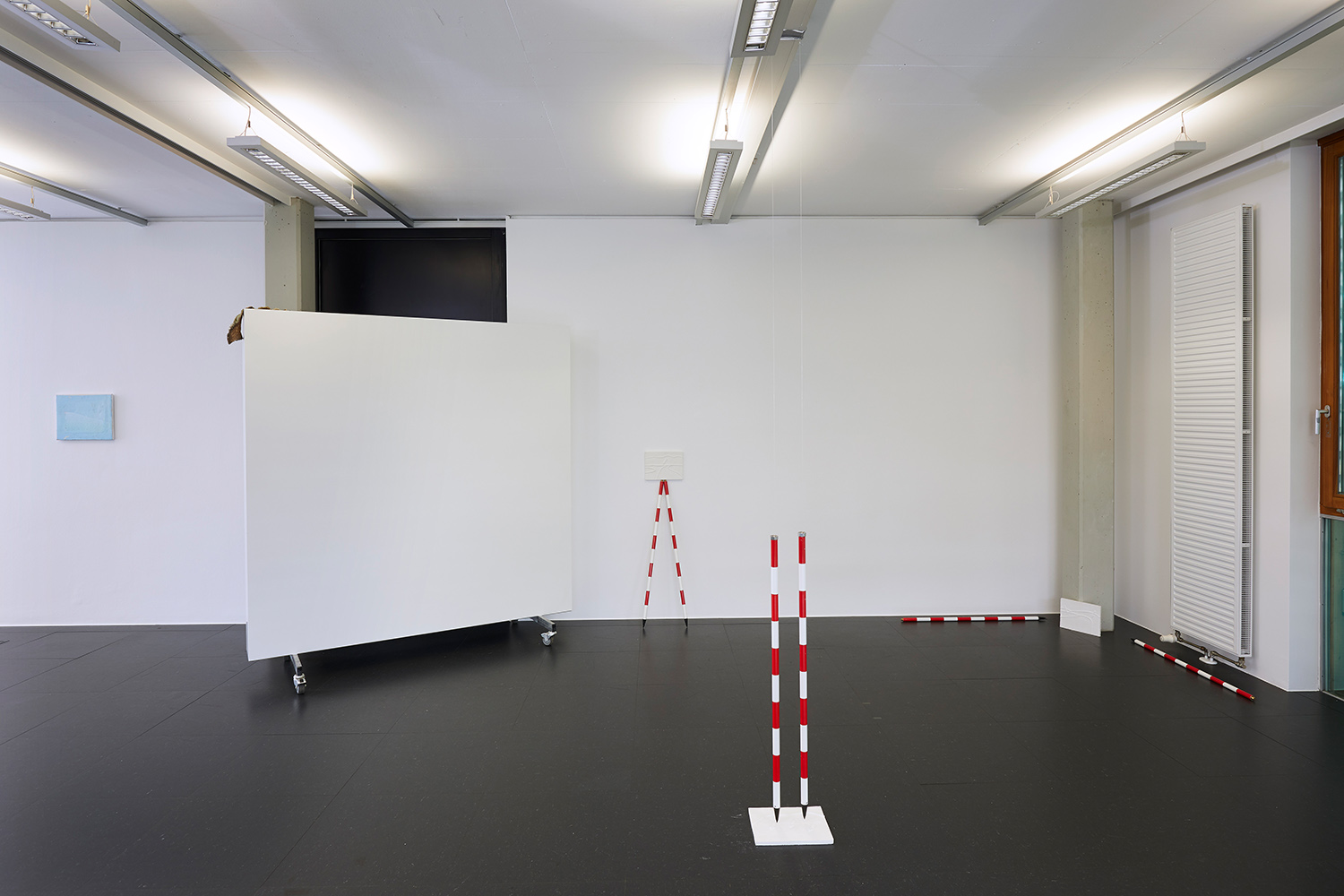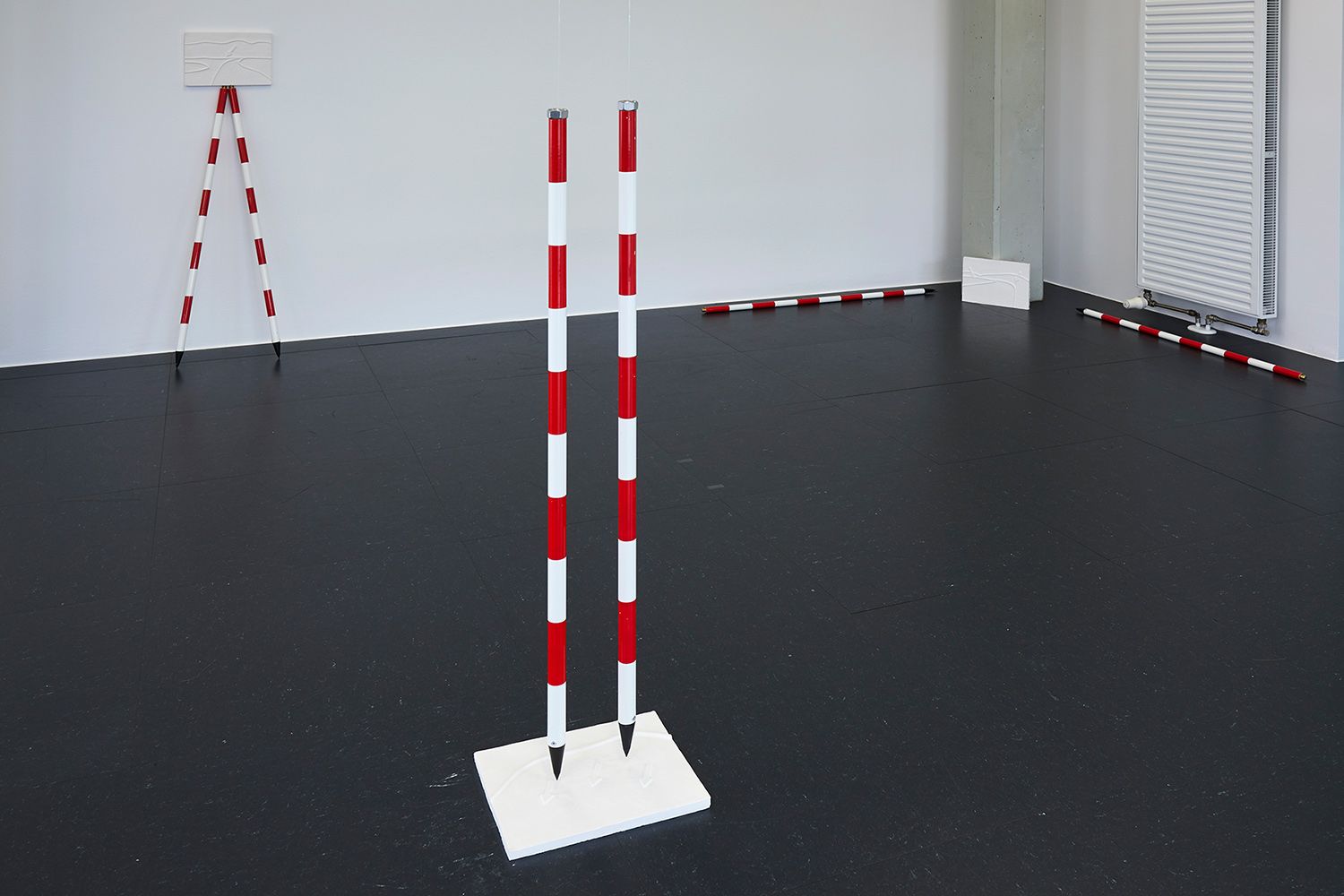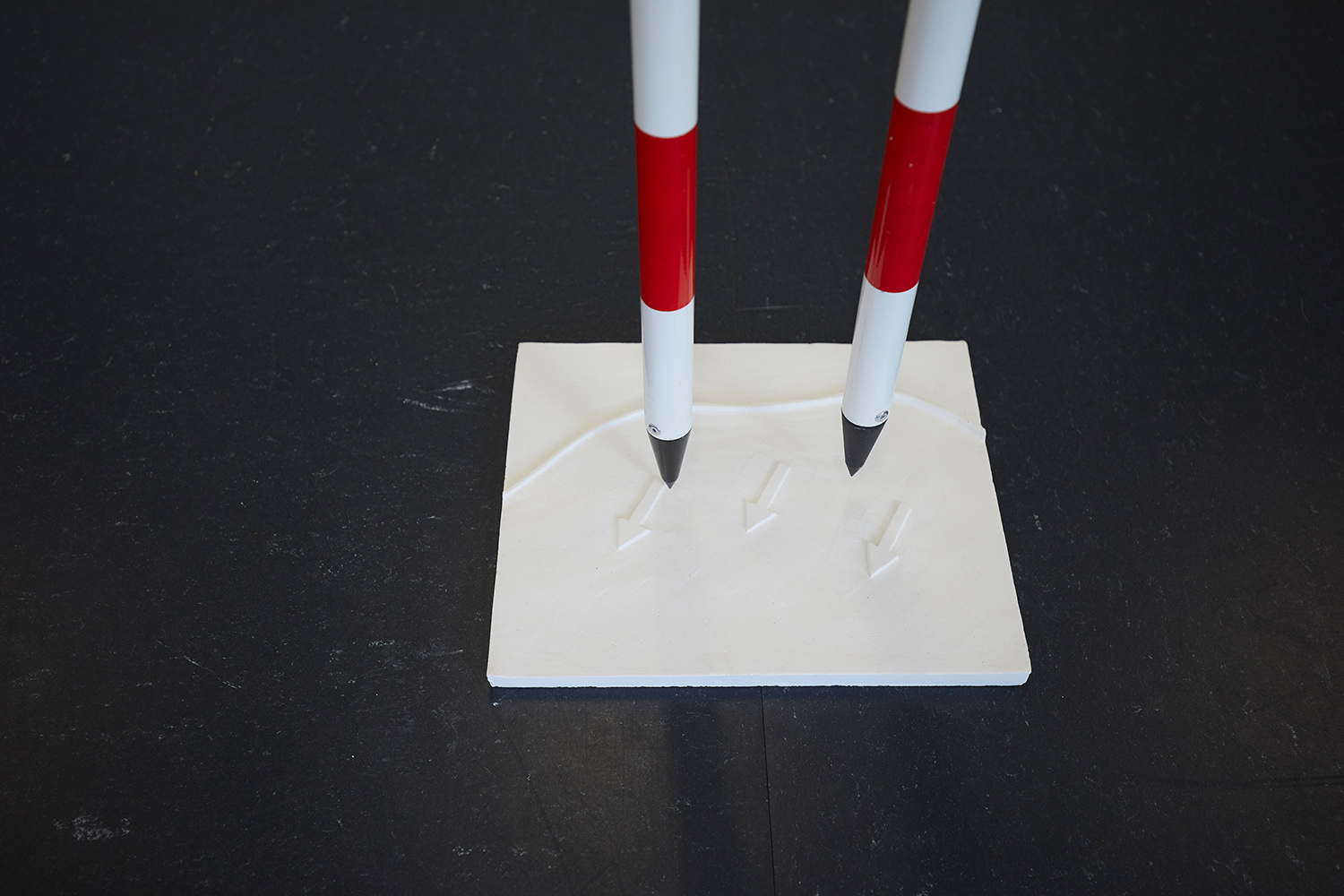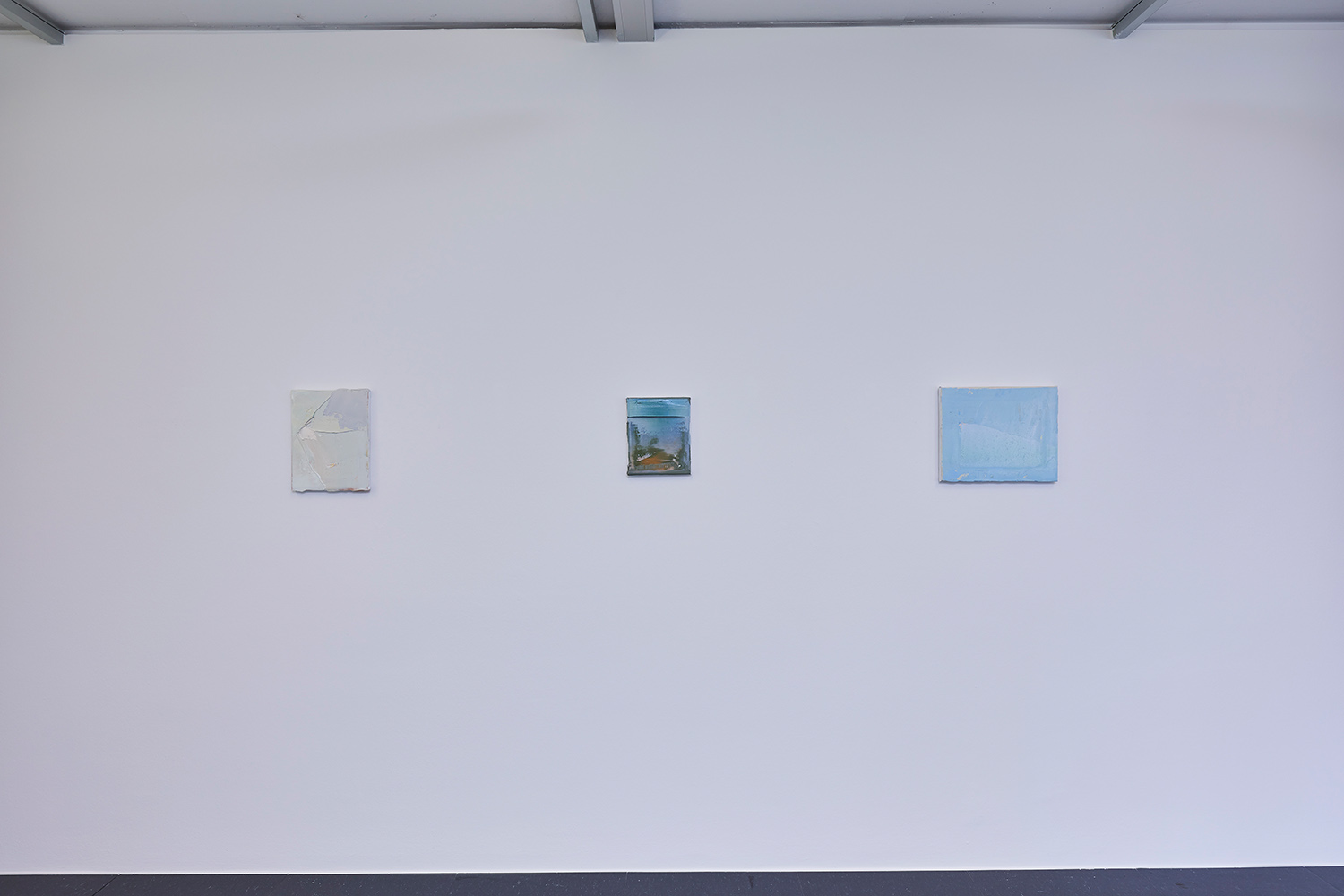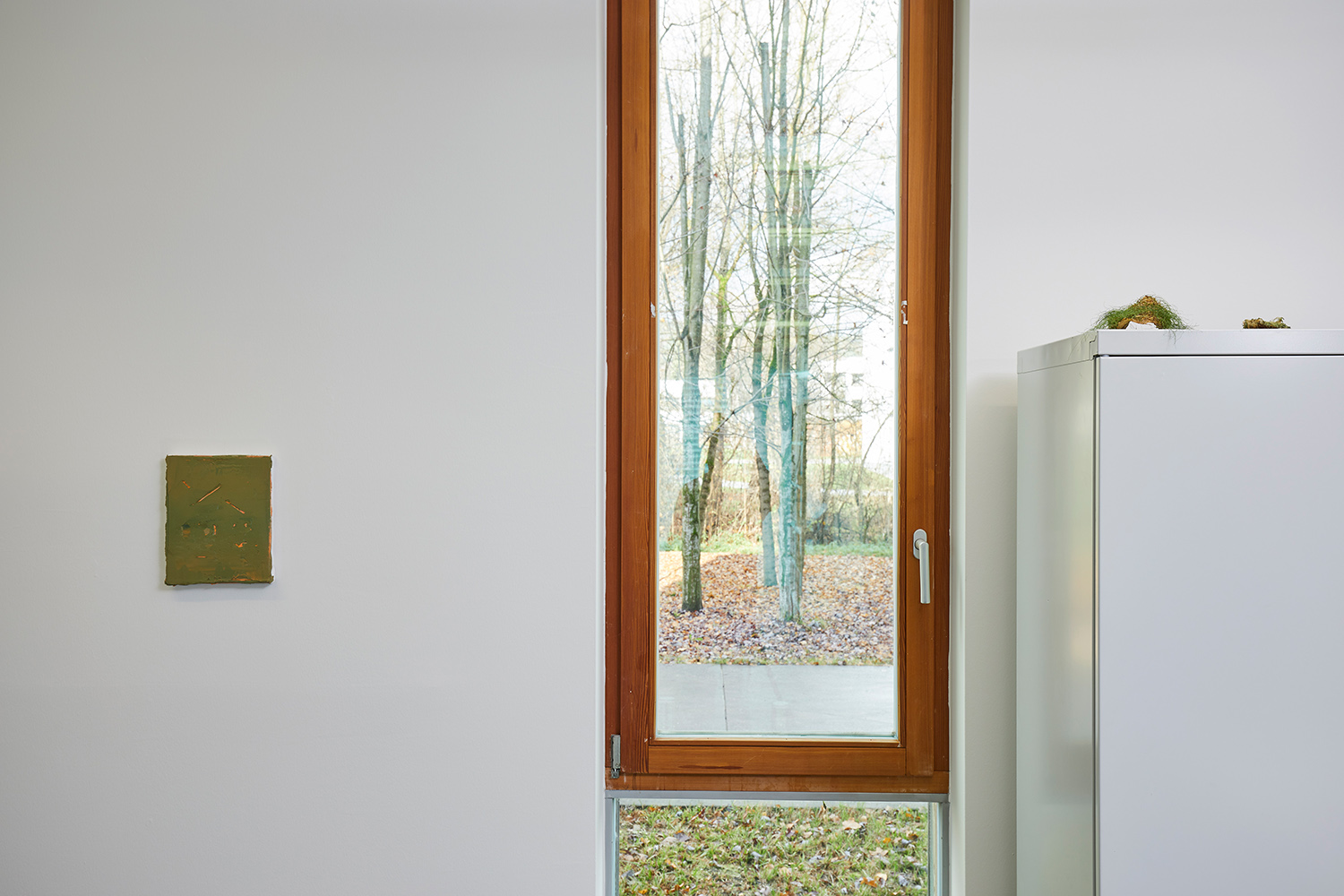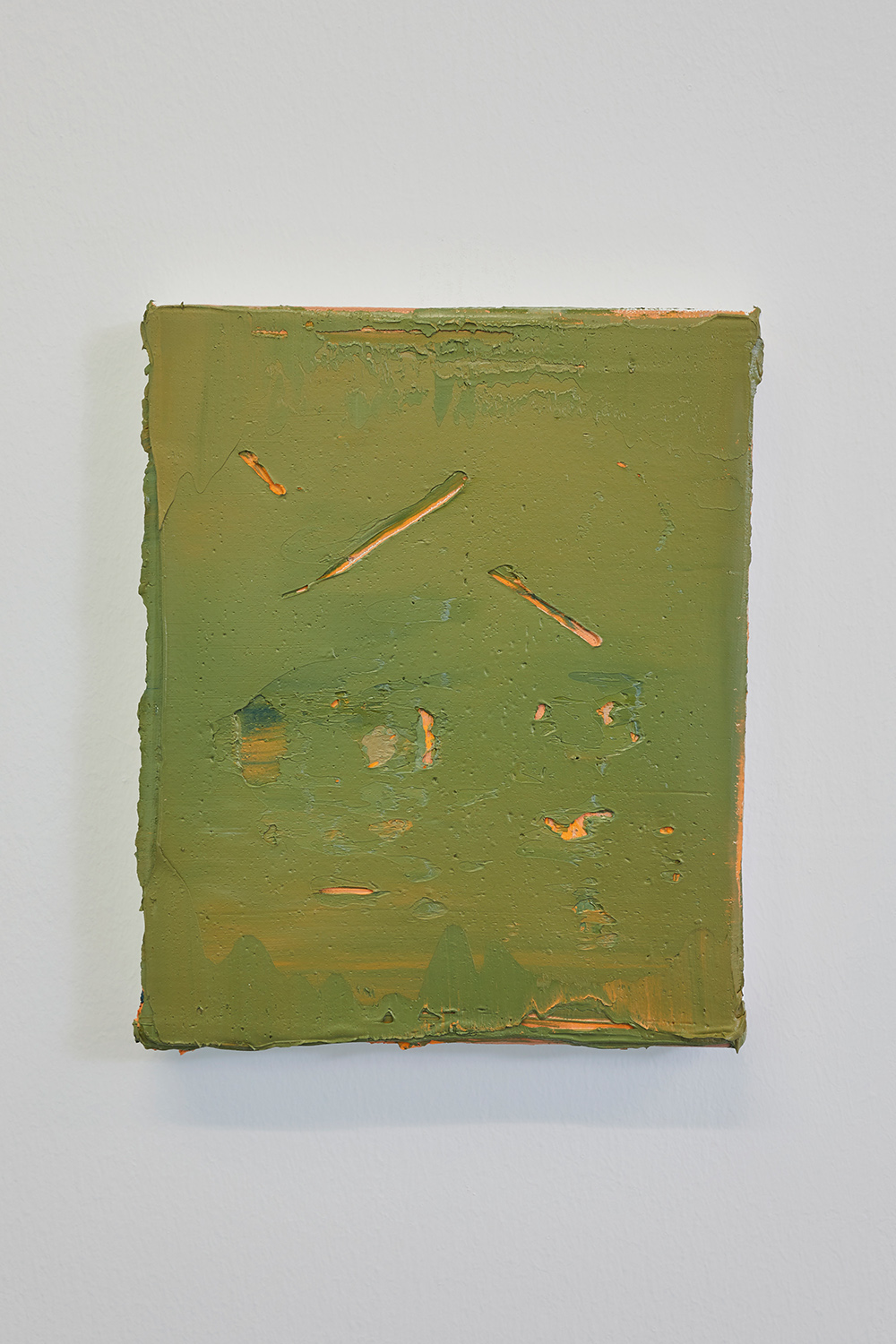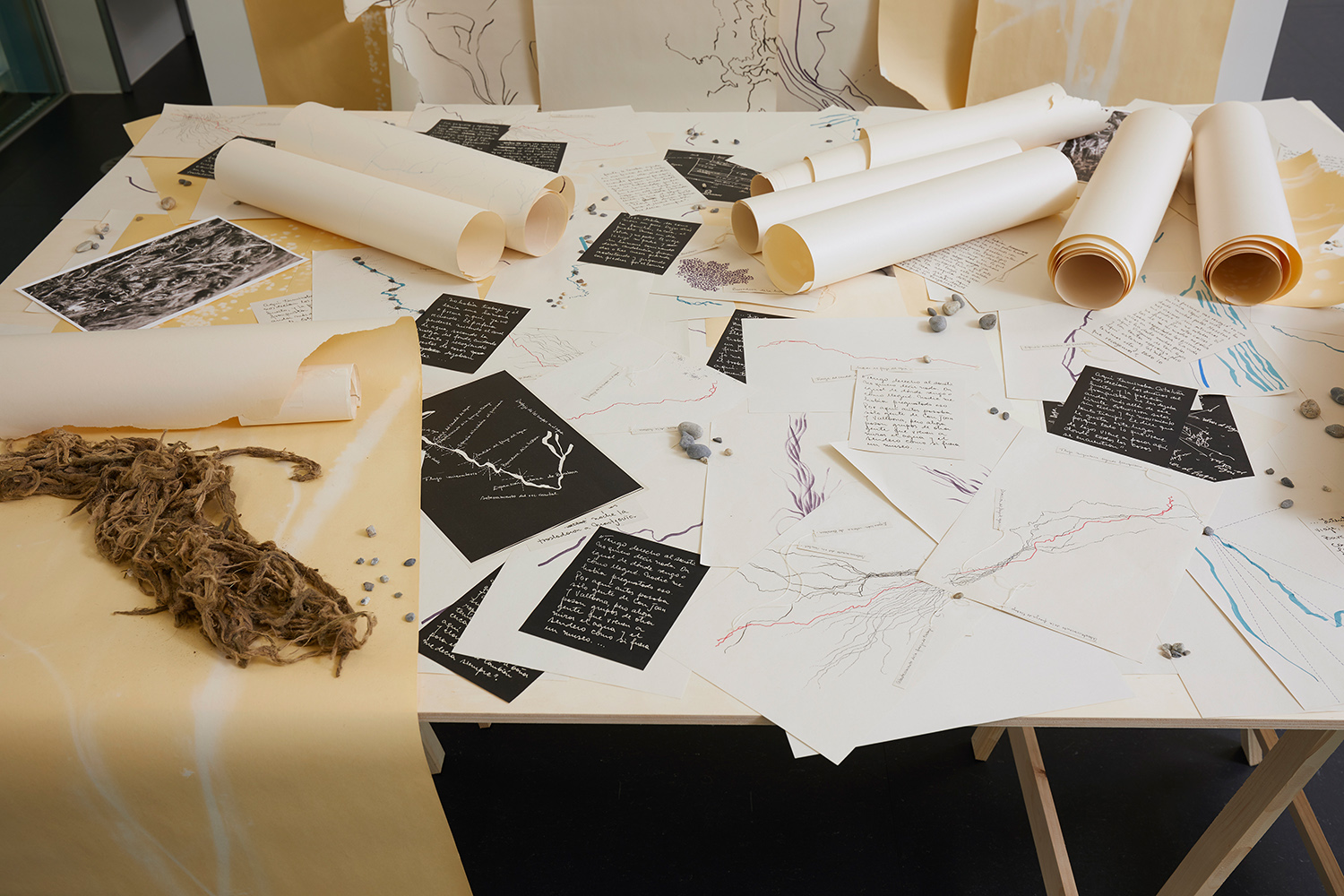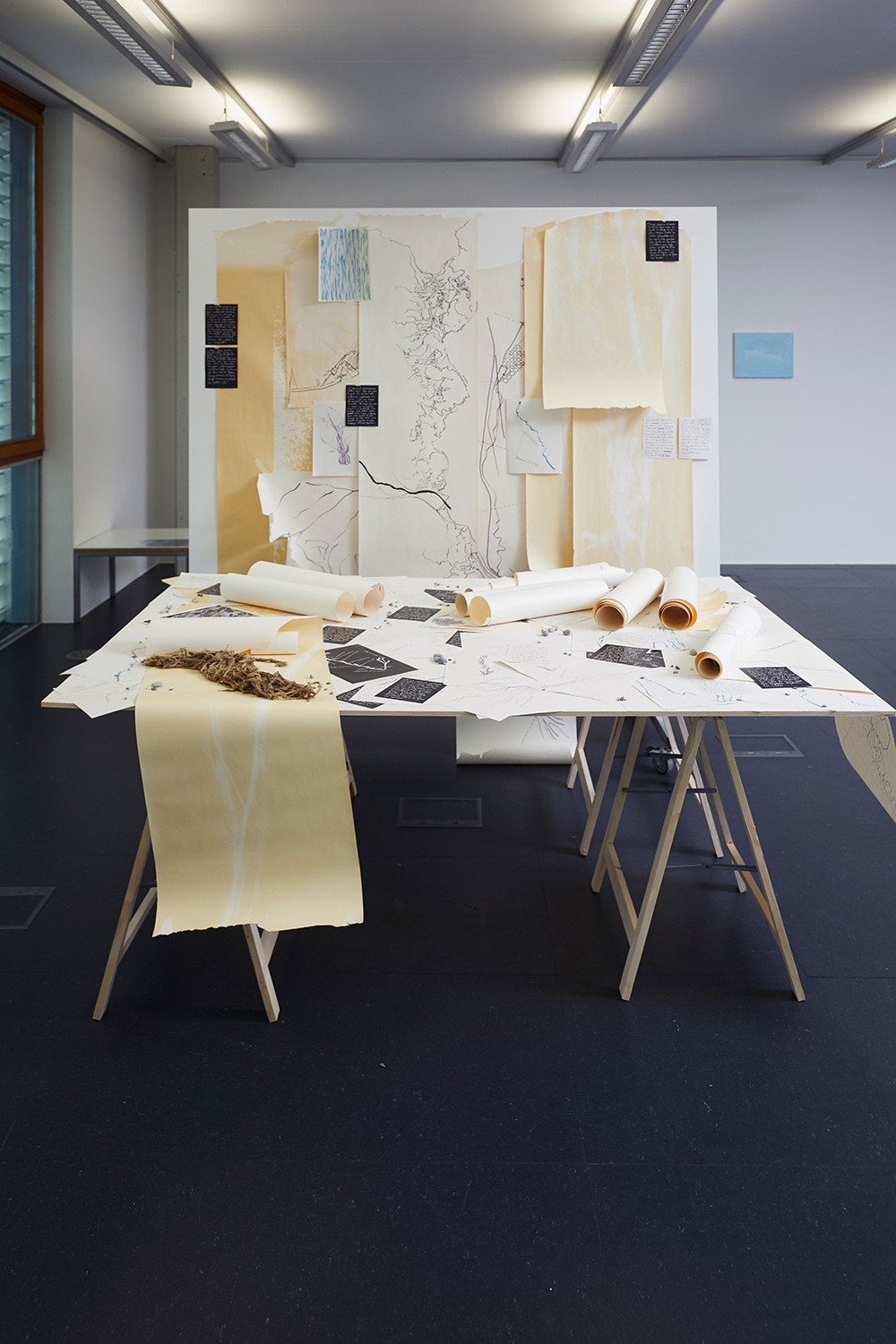Opening, November 19, 2019, 7 pm
Exhibition, November 20 – December 20 2019
Works by Paula Bruna Pérez, Mercedes Mangrané Mora, Francisco Navarrete Sitja, David Ortiz Juan
The exhibition Notes on Landscape (…) presents four artists who see the commonplace term “landscape” and the imaginary images linked to it not simply as a given but as the basis for fields of action that are in constant need of redefinition. Based on an artistic process that has the potential to emancipate itself from the artwork and become an independent form, the exhibition focuses on various courses of development, phases, careers, unfoldings, and methods. The concept of landscape, which eludes a standard definition and is constantly being reconstituted according to geographical, territorial, sociopolitical, and economic, as well as aesthetic, ethnological, and philosophical conditions, serves as the lowest common denominator here. For the participating artists, “landscape” is the jumping-off point for apprehending and constructing our world, and not least of all a category of experience as well.
In this field of tension, Paula Bruna Pérez negotiates questions of ecological sustainability in El Plantoceno*, linking her examination to the dissolving boundaries between humans and plants, as well as between culture and nature. Referring to Timothy Morton’s book Dark Ecology (2017), Bruna argues that we can only hope to develop ecological awareness and understand the complexities of the ecosphere if we acknowledge the existence of other forms of temporality, other spatial scales, and other protagonists. Starting from this premise, the artist tells a story in El Plantoceno about the conflicts of the Anthropocene, using a fictional geological era as a metaphor. In contrast to the Anthropocene, a recently defined geological epoch whose protagonist is the human being, El Plantoceno challenges the hegemony of our species and proposes a para-human scenario instead.
In Sublimación inversa, Mercedes Mangrané Mora understands landscape as a process of inwardness that paradoxically finds its expression in the surfaces and material qualities of her paintings. Her works often arise from her precise observation of the details of daily life, an analysis Mangrané pursues from both an anthropological and poetic point of view. These paintings interrogate the spaces that constitute society and promote community: profane leisure landscapes that can be found here alongside the city as a complex site of human interaction, and also architectural elements such as corners, edges, intersections, sight axes or floor series. Mangrané is concerned with how to deal with the sensuality of the surface and how to create a certain sense of proximity by making something specific visible in something abstract.
Francisco Navarrete Sitja examines political and strategic interest in certain territories in El agua es al cuerpo, el cuerpo es al alga, el alga es al trayecto by looking at the displacement of informal communities near Barcelona. The focus of his research is the “Rec Comtal”, a former irrigation canal that supplied the inhabitants of Barcelona with water for many centuries and which has partially survived to this day in Vallbona in the Nou Barris district. Expressing himself in a variety of forms, such as drawings, maps, manuscripts, photocopies, diagrams, and found objects, along with video animations and soundscapes, Navarrete links research on the history of the canal with the stories of the people who live on its banks today.
Similarly political, but on a more abstract plane, David Ortiz Juan deals with the recollection of historical events in Un paisaje en el que habitar. The project investigates the role played in memory by the figure of the “phantom,” and how it expresses itself in representations of the physical and mental landscape. The work is a metaphor for the layers of Spain’s sociocultural past and present. At the focus are two ideas: the transmission of memories and events without the use of language, and the representation of the concept of the phantom as a contemporary social figure. Why do certain spirits haunt us and what can we do to stop them? Ortiz looks for answers to such questions using figures, technologies, and tools from landscape surveying.
Paula Bruna Pérez (b. 1978 in Spain) lives and works in Barcelona.
www.paulabruna.com
Mercedes Mangrané Mora (b. 1988 in Spain) lives and works in Barcelona.
www.mercedesmangrane.com
Francisco Navarrete Sitja (b. 1986 in Chile) lives and works in Barcelona.
www.francisconavarretesitja.com
David Ortiz Juan (b. 1983 in Spain) lives and works in Barcelona.
www.davidortizjuan.com
The exhibition Notes on Landscape (…) takes place in collaboration with the Barcelona-based Hangar, center for art research and production. Hangar’s mission is to support visual artists throughout the various phases of their production processes and to contribute to the optimal development of their projects. Hangar helps them not only by providing equipment and studios but above all by putting at their disposal a suitable framework for experimentation and unencumbered knowledge transfer. The center offers a range of services that facilitate research and the development of art productions. Hangar then follows up on the results by finding ways to present the projects in various networks and platforms or to integrate them into other areas.
Hangar – centre de producció i recerca d’arts visuals
www.hangar.org
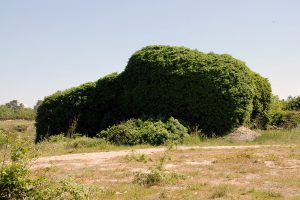
*Paula Bruna Pérez’s project The Plantocene has received technical and financial support from the Centre for Research in Agricultural Genomics and the Spanish Ministry of Economy and Competitiveness, through the “Severo Ochoa Programme for Centres of Excellence in R&D” 2016-2019 (SEV‐2015‐0533). Furthermore the project is supported by the Fundació Guasch-Coranty grant for the artistic creation.
Paula Bruna Pérez is also supported by E.C.O. – Institut für Ökologie a non-university research and educational institution for “nature conservation in the 21st century”. whose focus is on protected areas and certified regions.
